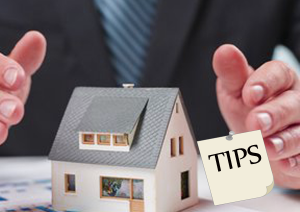co-wholesaling-Investing in positive cash flow property involves the act of purchasing property that creates a surplus ore-tax cash flow. The cash flow is the foundation of any successful investment especially those that are starting out.
Zack Childress strategies to finding positive cash flow property
Look for high yielding suburbs:
High yielding suburbs are areas that give a high return on the invested capital. Look for suburbs in your neighborhood that give about 10% and above in rental returns and about 30% in the resale profit on the amount that property was bought.
Buy properties that are 20% or more below the median price in the area:
This is what is called a good deal. Look for property that is below the market price and then rent or sell it at the market prices. It gives you a larger profit margin than any other property in the area.
Target properties bringing multiple incomes:
Properties with more than a single source of income enables you cover the cost of maintenance and a bit of the money invested during the buying of the property. For example, properties with a granny flat.
Renovating and adding value to the property:
Renovating the house adds some value to the piece of property. A valued added house is able to fetch some extra rent due to better features and quality service. You can increase rents for the existing tenants after renovating the house.
Targeting student accommodation:
Student flats have some of the highest returns owing to the few needs, smaller units, and high occupancy rates. If there is college opening a branch in the area, consider investing in hostels and other types of student accommodation. Students also have little problems experienced when managing regular tenants.
The process of buying positive cashflow property:
• Search for multiple properties in different areas
• Research and eliminate different areas depending on average lag in selling property, capital growth rates, and clearance rates.
• Estimate value of the property using the latest sales data and data from comparable properties
• Analyze the property cash flow and the likely growth in the long-term. Make a forecast of the income that the property is likely to bring in the long-term.
• Establish the price at which you are able and willing to pay for the property based on the research that you have done above. Aim at negotiating for a good deal as it increases the return on your investment













